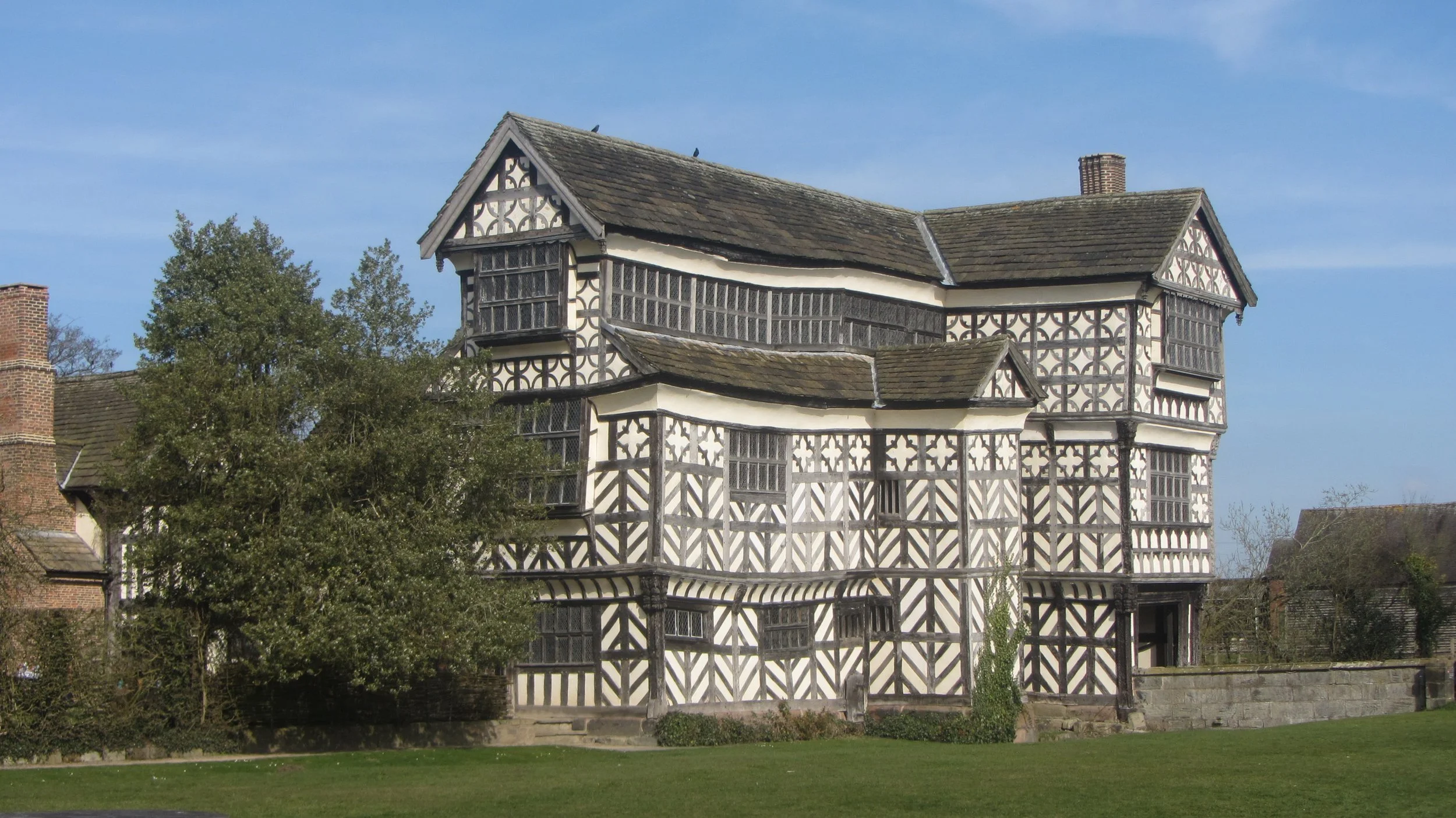National Trust bosses ‘perversely determined to infuriate their traditional supporters’
Richard Morrison, writing in The Times, examines the reasons for conservation charities’ financial difficulties
The country’s greatest homes and gardens are in chaos with closures and redundancies looming — the sums simply don’t add up any more
With the UK struggling on so many fronts right now I’m sure I’m not alone in seeking solace in the beauties of our countryside and the wonders of our historic built environment. If all else fails we still have inspiring landscapes, magnificent coastlines and an array of architectural masterpieces to rival any other nation’s. We can surely be confident, can’t we, that this heritage of natural and man-made glories will always be available for us and future generations to enjoy?
Well, I hate to be the bearer of yet more bad news, but the answer to that assertion is either “not necessarily” or a blunt “no”, depending on how pessimistic you want me to be. And after the announcements of the past few weeks I’m veering down the unremittingly gloomy route.
The National Trust (NT), which looks after about 500 historic properties and thousands of square miles of our most cherished landscapes, is making 550 of its 9,500 employees redundant, apparently to control soaring costs. English Heritage (EH), its rival for visitors, donations and members (why the two can’t agree on shared membership I have never understood), is up a very similar creek. It is mired in what contacts tell me is a bitter internal process to make 189 employees redundant out of a workforce of 2,535 people. It is also closing 21 of its 400 properties over the winter months and reducing opening hours elsewhere, all to cut costs.
It needs to. Last year it raised £141 million in income (no small achievement, I would say) but spent £155 million. And whereas the NT has more than a billion pounds in its reserves, EH has just £50 million. So it will be bankrupt by 2029 if it runs up that sort of deficit every year. Whether that partly explains why Nick Merriman has resigned as EH’s chief executive after just 17 months in the job (the official explanation is “personal reasons relating to family health”), there can be no doubt that his successor, yet to be appointed, faces a mountain of problems.
More woeful news comes from the Canal & River Trust (CRT), which is responsible for 2,000 miles of our inland waterways. Most are 200-year-old relics of the Industrial Revolution, but their 20th-century rebirth as leisure destinations has been spectacularly successful and they bring huge health and recreational benefits to millions.
Yet I wonder if they will last another 20 years, let alone 200. At a time when climate change is making it more and more challenging to keep them in good nick (or even full of sufficient water), the government has announced that the CRT’s annual grant will be reduced by 40 per cent in real terms in the ten years from 2027. And that comes after six years when it has been frozen (at £53 million a year).
So, three trusts doing vital work to preserve our heritage and countryside, all in financial trouble. Do they have the same problems? And how can their future be assured?
The answer to the first question is “partly”. The government’s decision to increase employers’ national insurance contributions and the legal minimum wage has hit the whole heritage sector hard (the NT estimates the changes have added £10 million to its annual wage bill). Covid and a couple of wet summers also depressed visitor figures, and there was nothing the heritage industry could do about that.
However, I do think that each trust has also made things worse for itself by misguided policies. The NT, for instance — which last year lost 89,000 members — surely needs to go back to basics and concentrate on conserving its buildings and landscapes and giving its visitors a great day out. Too often in recent years its bosses have seemed perversely determined to infuriate their traditional supporters — the people whose membership fees keep the NT going — by endorsing trendy social justice and eco-warrior causes.
EH hasn’t gone down that route but it has its own existential issue to deal with. About 13 years ago its leadership struck a deal with the government, which then subsidised the organisation. The government gave EH a “gift” of £80 million to pay for urgent maintenance projects, and in return EH agreed that its annual subsidy would be reduced, year by year, until it disappeared altogether by 2023 — by which point EH was expected to be entirely self-financing.
I wrote at the time that this was a “massive gamble”. But my forebodings were waved away by EH’s chief executive then, Simon Thurley, who declared that since EH’s earned income was increasing by 8 per cent a year under his brilliant guidance, the organisation would be quite capable of standing on its own feet by the 2020s.
Well, clearly it is not. It never will be, for an obvious reason. Only about 100 of EH’s 400 sites charge for admission, and of those only 20 or so earn significant amounts of income. Yet all 400 need to be regularly inspected and maintained. And in a similar way CRT is clearly never going to earn enough income from selling boating and fishing licences to maintain 2,000 miles of leaky canals on a diminishing subsidy.
The harsh truth is that we have deluded ourselves or been hoodwinked. The thesis that the government could simply wash its hands of a huge part of the UK’s heritage, leaving its upkeep to be financed entirely by admission fees and donations, was always grossly wishful thinking. Only a philistine would argue that the British Museum should lose all its state subsidy. Yet EH, which is in effect a giant museum spread across the country, is now in that hopeless position.
I know we are going through an economic horror show right now, but there’s no doubt in my mind that the government urgently needs to start thinking seriously about how to rescue our heritage sector. Otherwise, what? Sit back and watch as our history literally crumbles into heaps of rubble?


